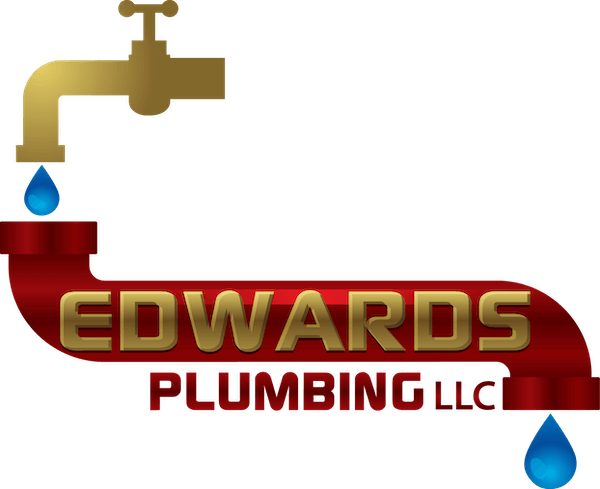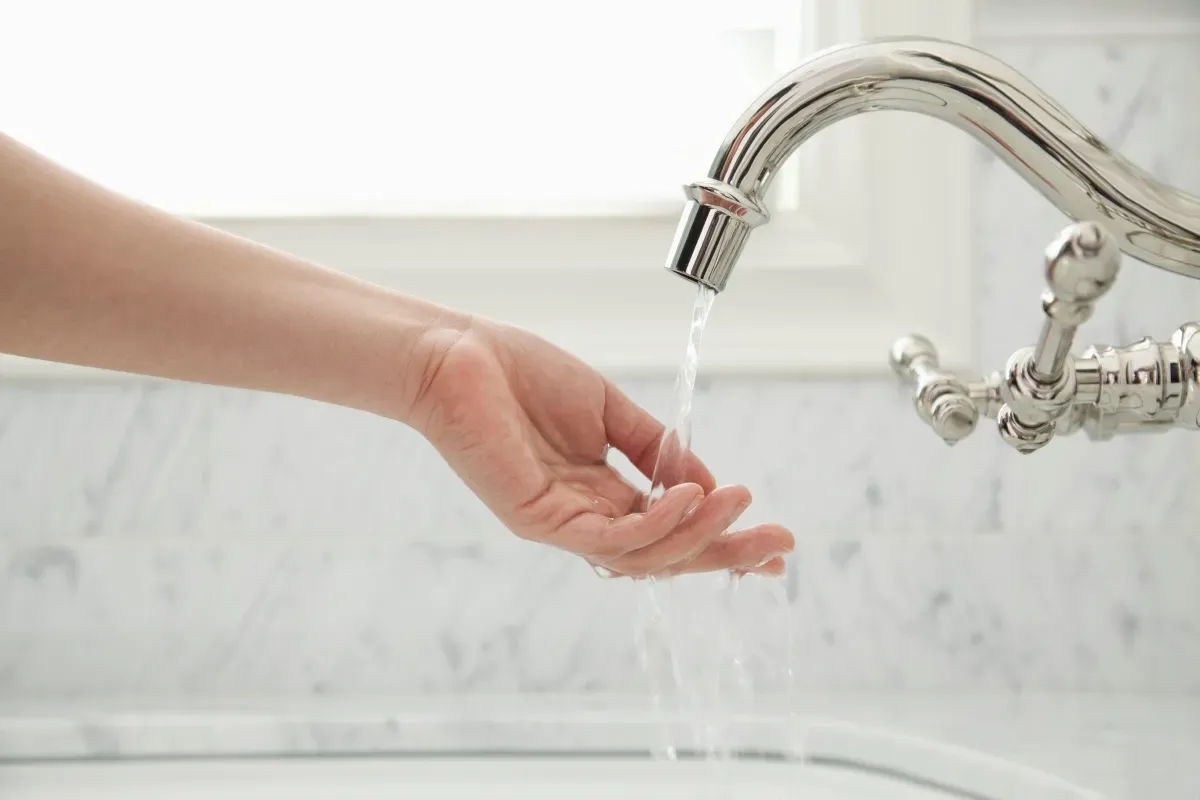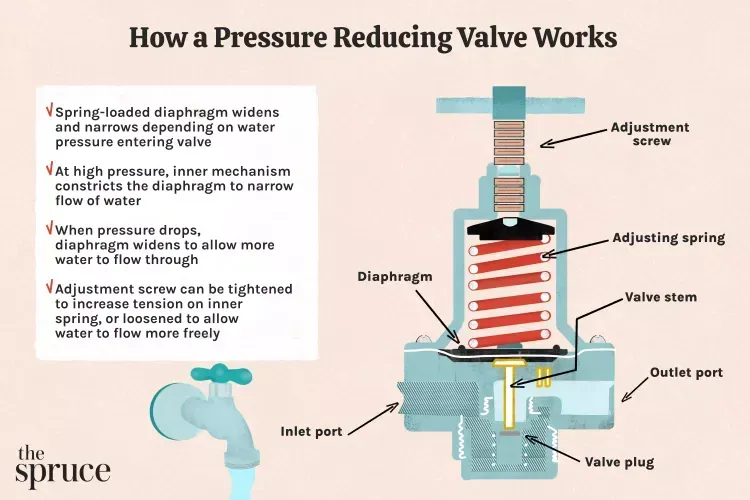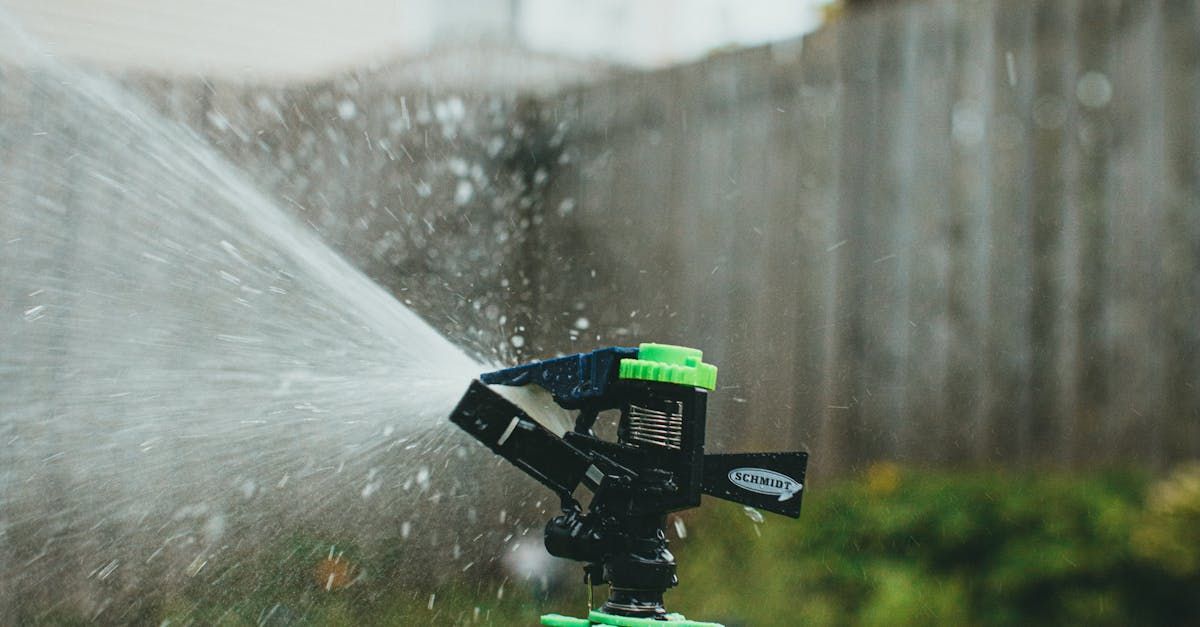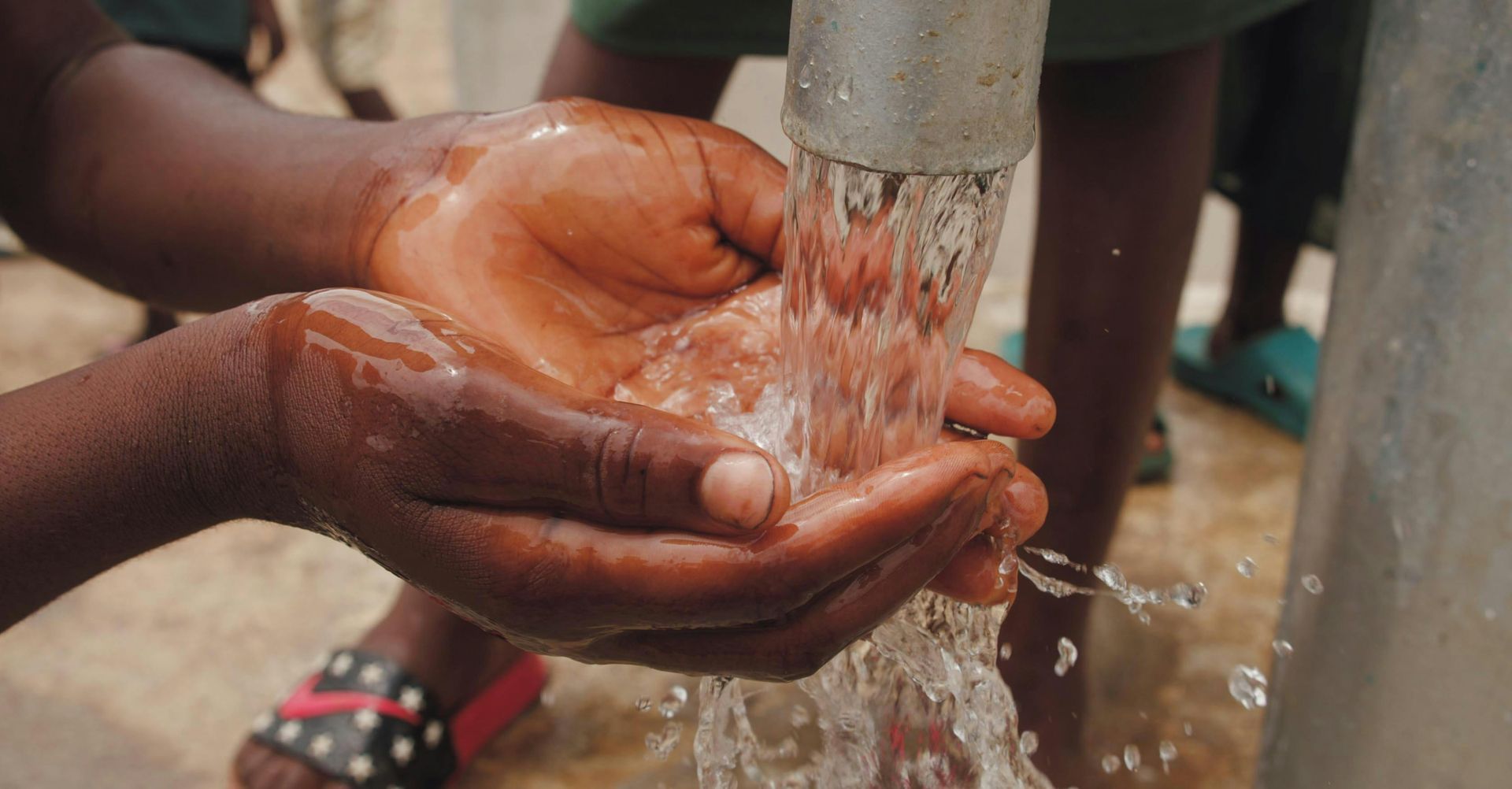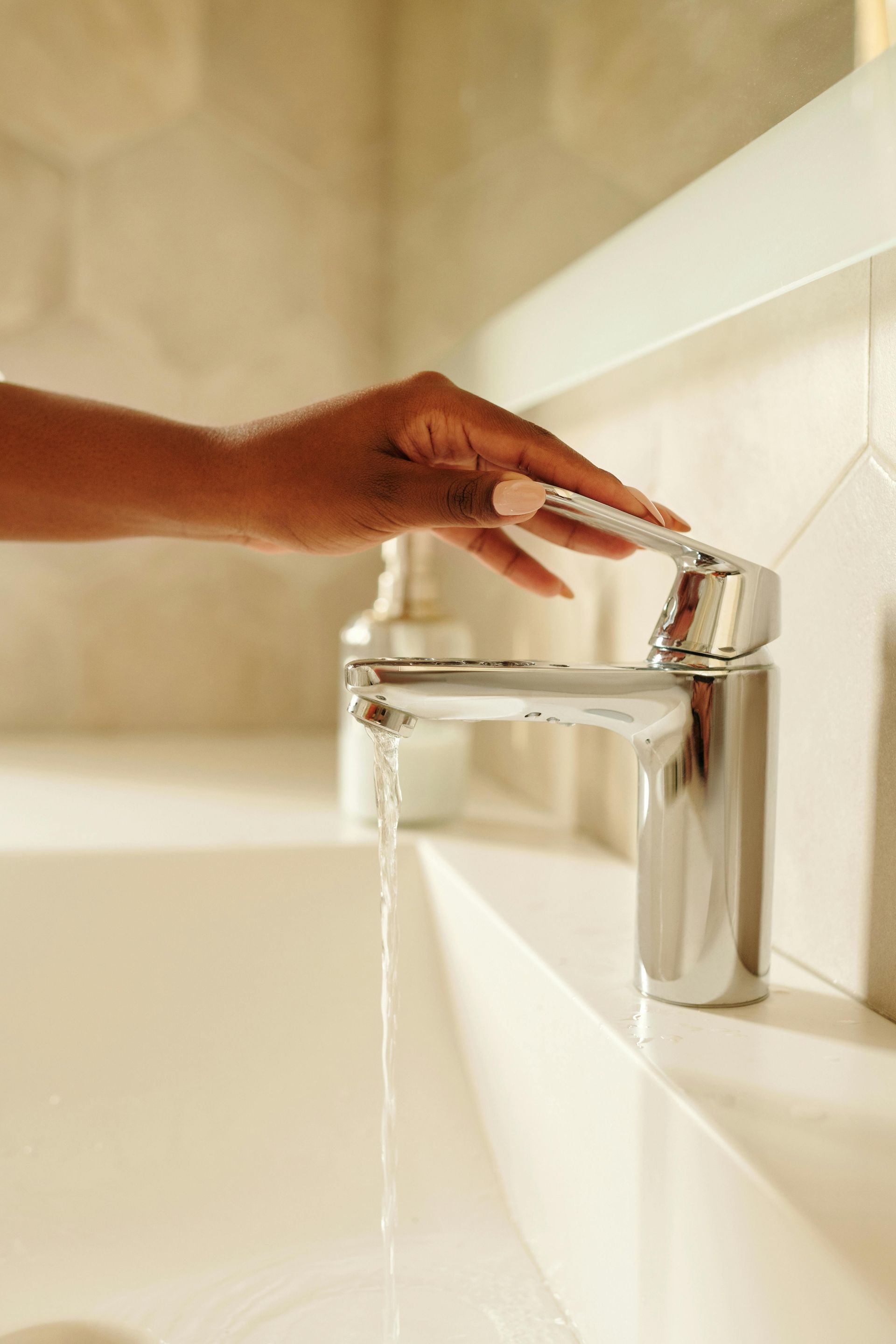Winter brings its own set of challenges for homeowners. One common issue is low water pressure.
This can be a frustrating problem. It can make simple tasks like showering or washing dishes a hassle.
But why does this happen during the cold season? The answer lies in the freezing temperatures. They can cause your pipes to freeze, leading to low water pressure.
In this guide, we'll explore
low water pressure solutions. We'll discuss how to diagnose and fix the issue. We'll also cover preventative measures to keep your water flowing smoothly all winter long.
Whether you're a DIY enthusiast or just a homeowner looking to solve a problem, this guide is for you.
Let's dive in and learn how to fix low water pressure during the cold season.
Photo By: Bob Villa
Understanding Low Water Pressure in Winter
Low water pressure can be particularly troublesome during the cold months. This is when your plumbing system faces additional stress.
A combination of factors can contribute to this issue. As temperatures drop, pipes can freeze and narrow, reducing water flow. This results in
decreased water pressure, which can affect your daily routines.
Understanding these winter-specific challenges is the first step in addressing them. By recognizing the unique elements of
cold-weather plumbing, you can tackle the issue effectively.
Common Causes of Low Water Pressure in Cold Weather
During winter, several factors can lead to low water pressure in your home. One primary cause is frozen pipes. When water in the pipes freezes, it expands, which can obstruct the flow of water.
Another common cause is burst pipes. Cold temperatures can cause older or unprotected pipes to burst. When pipes burst, it results in significant water loss and pressure reduction.
Here are some frequent culprits for low water pressure:
- Frozen or partially frozen pipes
- Burst or leaking pipes
- Sediment buildup in pipes or faucets
- Malfunctioning pressure regulators
Lastly, increased water demand during winter can also strain the municipal water supply. This affects the pressure in your home, especially during peak usage times. Understanding these causes can help you determine the right low water pressure solutions for your situation.
Diagnosing Your Low Water Pressure
Diagnosing low water pressure involves understanding multiple potential causes. Start by checking if the issue affects the entire home or specific areas.
Next, examine visible pipes for signs of freezing or leaks. Keep an eye out for frost or condensation that might indicate trouble. If pipes appear clear, check the main shut-off valve to ensure it's fully open. Proper diagnosis helps in identifying precise low water-pressure solutions.
Step-by-Step Guide to Identifying the Issue
Pinpointing the exact cause of low water pressure requires a careful approach. Follow these steps to identify and fix the underlying issue:
- Check Your Fixtures: Start with your faucets and showerheads. If only one fixture has low pressure, it may be clogged.
- Inspect for Leaks: Examine walls, ceilings, and under sinks for any signs of water leaks.
- Test Pressure with a Gauge: Attach a pressure gauge to an outdoor faucet to measure your home's water pressure.
If your pressure is low, check your pressure regulator. Sometimes, simply adjusting it can rectify the problem.
Additionally, confirm the water meter valve is fully open. In some cases, partial closure can reduce water flow.
Finally, compare with neighbors to see if it's a local water supply issue. This can help determine if the problem is municipal, requiring external solutions.
Immediate Solutions to Low Water Pressure
Dealing with low water pressure immediately can prevent further complications. Start by checking and clearing any clogged aerators and showerheads. Simply unscrew the fixture and rinse it thoroughly to remove mineral deposits.
Next, ensure all valves are fully open, including the main and individual fixture valves. Sometimes, debris or partial closure can lead to reduced pressure.
Consider installing a pressure booster if low pressure is consistent even after clearing clogs. This device enhances water flow throughout your home effectively.
How to Thaw Frozen Pipes Safely
Thawing frozen pipes requires patience and caution. Begin by opening the faucet served by the frozen pipe. This helps to relieve pressure and allow water to flow once the ice melts.
Use a hairdryer or heat lamp to gradually warm the frozen section of the pipe. Move slowly along the pipe, directing heat evenly across the icy area. Avoid using open flames, which can damage pipes or start fires.
If you cannot locate the frozen section or feel unsafe, call a professional plumber. Quick intervention can minimize damage and restore normal flow.
Will Pouring Hot Water Down the Drain Unfreeze Pipes?
Pouring hot water down a drain to unfreeze pipes might be tempting but it's not always effective. This method works only if the blockage is close to the drain opening. Even so, it carries risks of scalding yourself or bursting pipes due to rapid temperature changes.
Instead, consider using a reliable space heater to gradually thaw pipes in under-sink areas or basements. This gentle method reduces risk and can be more effective.
Keep in mind that prevention is better than cure. Insulating pipes and maintaining indoor warmth help avoid freeze-ups in the first place.
Burst Pipes Repairs: DIY or Call a Professional?
Burst pipes can cause significant water damage. Act quickly to stem the flow by turning off the main water supply. Wrap rubber or a garden hose around the break as a temporary fix.
For minor cracks, DIY epoxy patches and repair clamps may suffice until a permanent repair can be made. However, professional assessment is crucial for proper restoration and to prevent recurrence.
Consulting a professional ensures the problem is addressed comprehensively. A
licensed plumber can provide lasting solutions, safeguarding your home’s plumbing system against future issues.
Photo By: The Spruce
Preventative Measures for Maintaining Water Pressure
Preventing low water pressure during winter starts with regular maintenance. Identify potential issues and address them before they disrupt your water supply. Insulate exposed pipes to protect them from freezing temperatures.
Inspect your plumbing system for leaks or damage. A proactive approach helps maintain steady water flow. These measures can spare you from the inconvenience of sudden water pressure drops.
How to Keep Pipes from Freezing Without Heat
Even without heating, you can protect pipes from freezing. Begin with thorough insulation to minimize exposure to cold air. Wrap pipes in foam or fiberglass sleeves.
Use these strategies to keep pipes safe:
- Open cabinet doors to let warmer air circulate around plumbing.
- Seal any leaks or drafts around doors and windows to maintain indoor warmth.
- Allow faucets to drip slightly to keep water moving within pipes.
Boosting Water Pressure: Long-Term Solutions
Implementing long-term solutions can help improve and sustain water pressure. Consider upgrading old fixtures to enhance flow. Faucets and showerheads with low flow rates should be replaced with models designed for higher efficiency.
Check the
water pressure regulator to ensure it functions correctly. Regular adjustments may be necessary to maintain optimal pressure. Installing a
whole-house pressure booster can be a worthwhile investment for consistent improvement.
Additionally, scheduling regular plumbing inspections can catch early signs of trouble. A professional opinion ensures your home’s water pressure remains stable for years to come.
When to Seek Professional Help
Sometimes, low water pressure solutions require expertise beyond DIY methods. Complex issues like severe leaks, corroded pipes, or persistent pressure fluctuations often demand a professional touch. A skilled plumber can diagnose and resolve problems efficiently, ensuring you avoid recurring issues.
Signs You Need to Call a Plumber
Persistent low water pressure, unexplained water discoloration, and unusual noises from pipes signal deeper issues. Multiple fixtures having low pressure simultaneously is another indicator.
These signs suggest it's time to call a plumber to thoroughly investigate and address the underlying causes.
Conclusion: Ensuring Steady Water Pressure All Winter
At Edwards Plumbing, we understand that maintaining consistent water pressure during the winter months is crucial for your comfort and daily routines. Implementing proactive measures and addressing issues promptly are essential steps in ensuring a steady water supply throughout the colder season. Remember to regularly inspect your plumbing, insulate vulnerable pipes, and know when to seek professional assistance.
If you experience persistent low water pressure or other plumbing challenges, don’t hesitate to reach out to our expert team. We’re here to provide you with reliable solutions tailored to your needs.
Contact Edwards Plumbing today to schedule an inspection or consultation, and let us help you keep your plumbing system running smoothly all winter long!
Share this blog!
